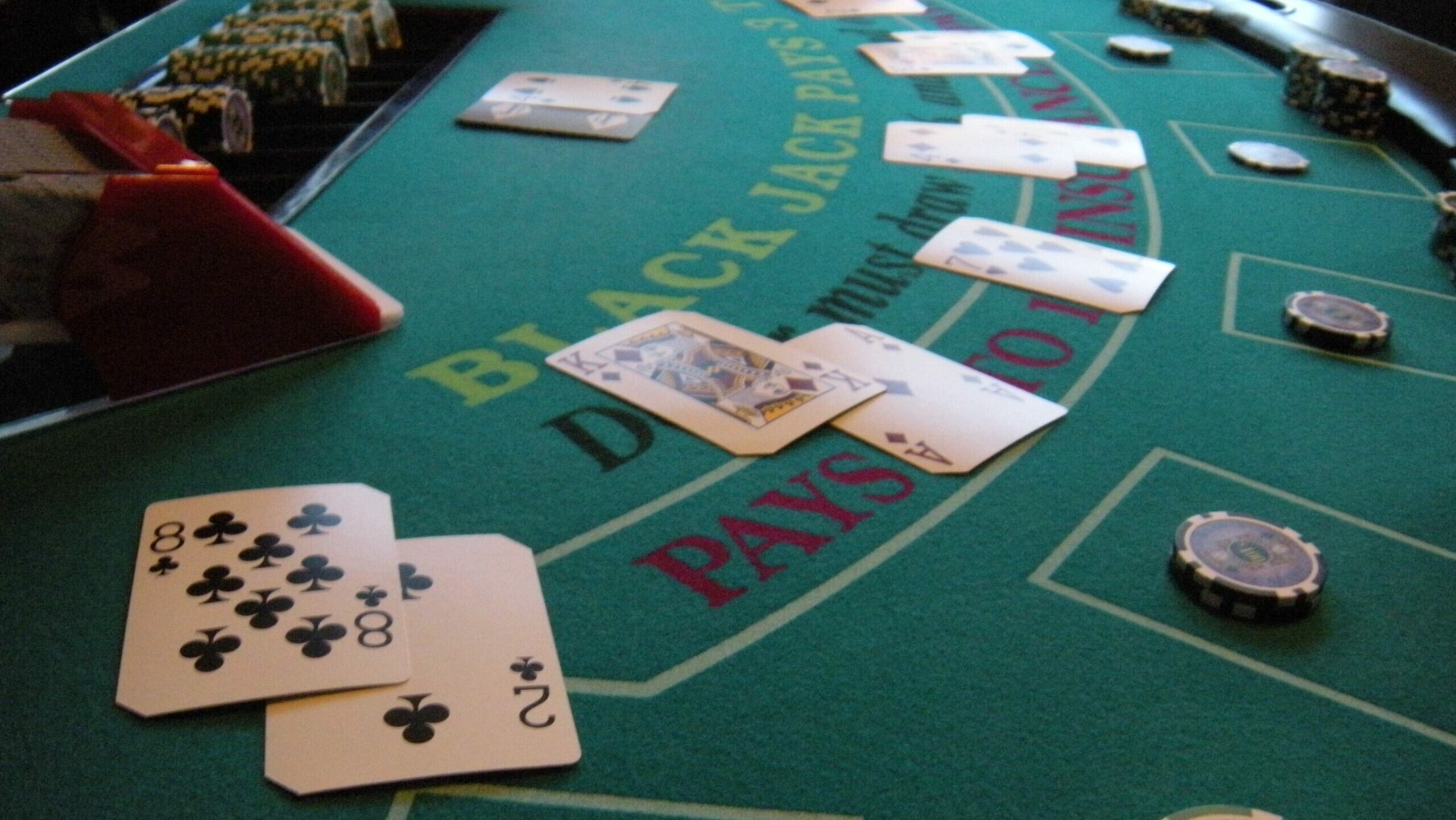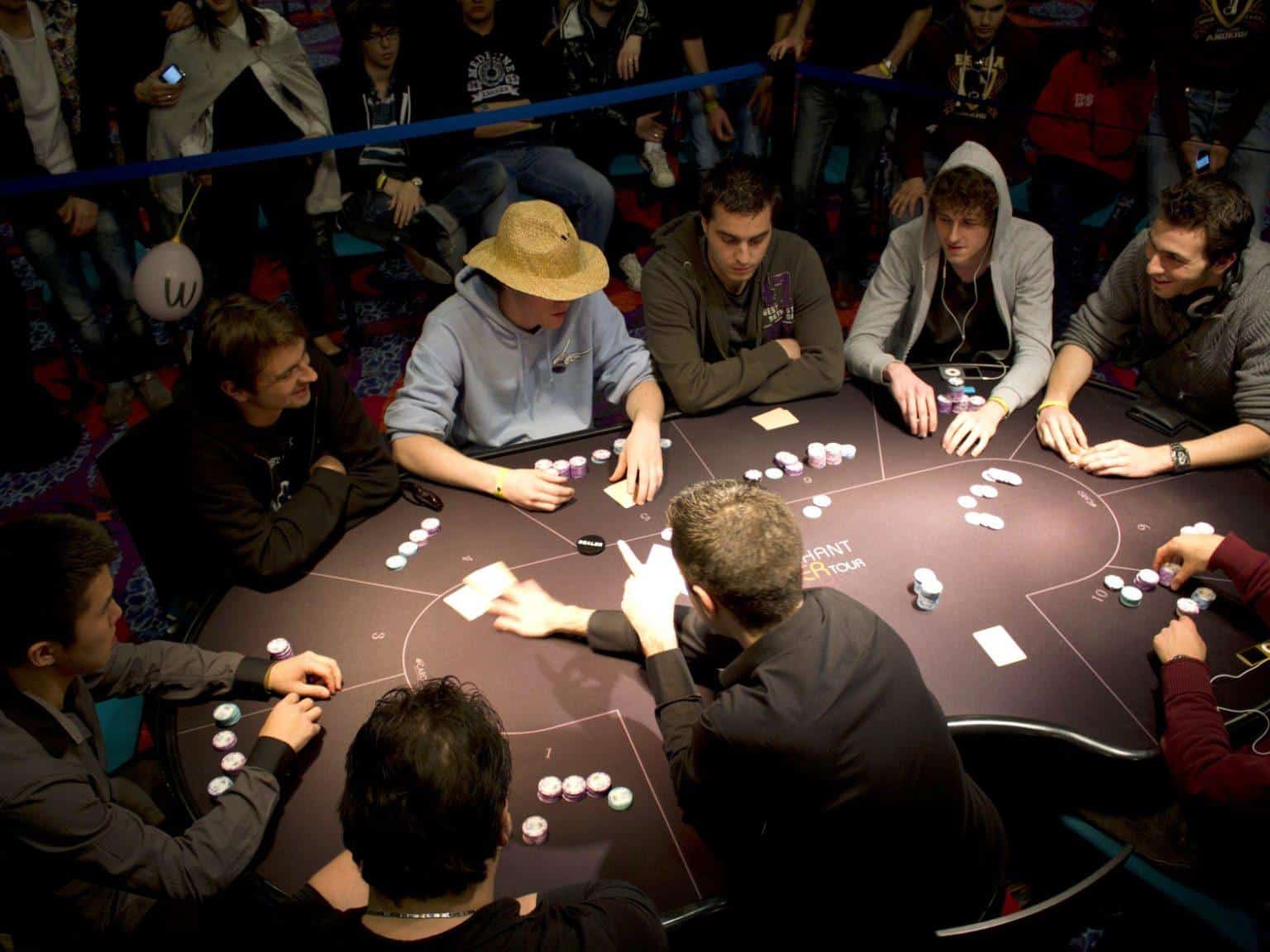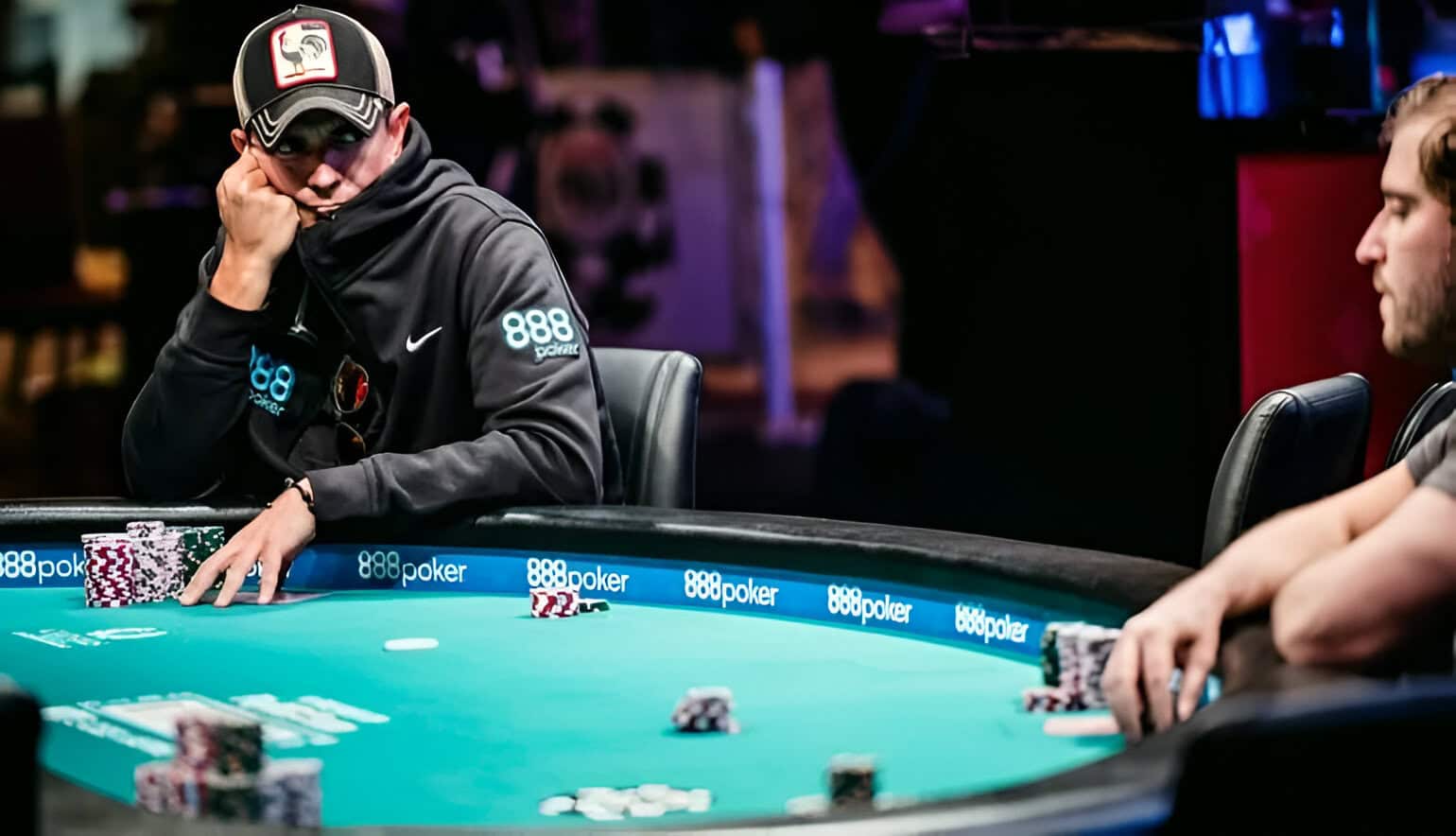
Poker Positions Explained: The Secret to Winning More Hands
In poker, every decision is paramount. However, there is a differentiating factor between winning players and everybody else—it is not necessarily chance, your hand, or it is not necessarily skill. It is position.
Your seat position is a determinant of your amount of data when making a play, when blind stealing is best, and your hand controlling. Forgetting position is a major error made by beginners. With an understanding of its usage, though, your gargantuan edge is achievable.
Let’s break down poker positions, why they matter, and how to apply them in taking over a poker table.
What Is Hand in Poker?
In poker, position refers to a player who plays a hand. This is in relation to the position of the dealer button, which is moved clockwise for each hand. The farther a player is situated away from the button, the more in position, and, in turn, there is more information.
Why Position is Important
- More Knowledge – Players in following positions have an opportunity of getting others play first.
- More Control – Players in late position have greater command of the hand.
- Better Bluffing Chances – Last action enables vulnerability discovery and pressuring.
- Bigger Wins – The best players make maximum in big hands when in position.
Position isn’t a preference, it is a large advantage in poker. Now let us take it position by position and let us play each.

Understanding Poker Positions
Poker positions are divided into three main categories: early, middle, and late position. Each comes with its own advantages and disadvantages.
1. Early Position (EP) – The Danger Zone
Early position consists of UTG and UTG+1. The UTG and UTG+1 must make a first action after the blinds, dependent on an unknown action of other players.
Why it’s tough:
- You have nothing on which to base your expectations of other players.
- You can be caught by other players in subsequent positions who have a stronger hand position.
- You must play aggro and play only hands of excellent holdings.
Best Approach:
- Stick on your tighter hands of AA, KK, QQ, AK.
- Avoid speculative hands such as suited connectors unless in a passive table.
- Be wary of 3-betting, as in subsequent position, you will usually observe 3-bets.
Pro Tip: If UTG, others assume your hand is tough. Make this impression your greatest asset in the future by selective bluffing.

2. Middle Position (MP) – Walking a High Wire
Middle position consists of MP1, MP2, and the Hijack (HJ). Players in middle position play between early position and prior to late position players.
Why is it stronger than early position?
- You’ve seen others go first before making your decision.
- You can expand your opening in comparison to opening in early position.
- You still must play cautiously, but can play more hands.
Best Plan:
- Expand your hand range slightly—hands such as AJ, KQ, pocket pairs of 99, 88, 77 become playable.
- Look for opportunities of hitting weak limpers in early position.
- Be wary of aggro 3-bettors in last position.
Pro Tip: The Hijack position is one of the strongest in poker—it is nearly in a late position but allows you to steal blinds and set hand.
3. Late Position (LP) – The Seat of Authority
Late position is Cutoff (CO) and Button (BTN). The strongest hands in room as in a large number of post-flop scenarios, these play last.
Why is it best?
- You get to observe all of them first before making your decision.
- You can steal blinds fairly often when action folds back on you.
- You can change the size of the pan and adjust hand flow.
Best Plan:
- Play different hands, such as suited connectors (9♥ 8♥, J♠ 10♠), and little pocket pairs.
- Steal forcefully, especially in firm blind or passive cases.
- Bluff more often—if other players call on you, they have bad hands.
Pro Tip: If all your competition call when on Button, it is worth it in the long term to call nearly all pairs of hands.

How to Employ a Professional for a Job
Now that we have a grasp of poker position, let us consider some strategies for maximizing your edge:
1. Play Tighter in Early Position
Since you have first position, play your best hands. Avoid your marginal hands which can have you in bad position.
2. Attack in Late Position
Use your power of authority in taking away loose and harassing blind players. Play tough in case all your opponent folds.
3. Bluff More in Position
When you’re in last position, there is more power. If players have been checking to you, betting on a shot—they must have bad hands.
4. Use Position for Maximum Return on Investment
If you have a monster hand in late position, don’t scare off others too quickly. Bet astutely in a position to build a pile.
5. Paying Attention to Table Dynamics
Some players play too hard in defense of their blind, others too loose. Modify your play based on your competition.
Common Mistakes Made by Players in Positioning
Even experienced gamers sometimes take advantage of their position. Avoid these all-too-common errors:
- Playing too wide in early position – Play narrow hands.
- Not taking away in last position – Cutoff and Button are your best options. Make use of them!
- Ignoring Table Dynamics – Adapt in relation to your opponent.
- Failing to exploit a bad player – Push a passive player and pressurize him.
Final Thoughts: Winning Games Through Positioning
Poker isn’t so much about who is in your hand, it is about playing it. Your best tool in your arsenal is position. The best players aren’t necessarily excellent when holding excellent hands—but make more astute, more profitable plays based on position.
With position, you can win more pots, lose less cash, and play steadily improving against lower-quality competition. So next time when you sit in a circle, observe where you sit down—because in poker, position makes all the difference.
